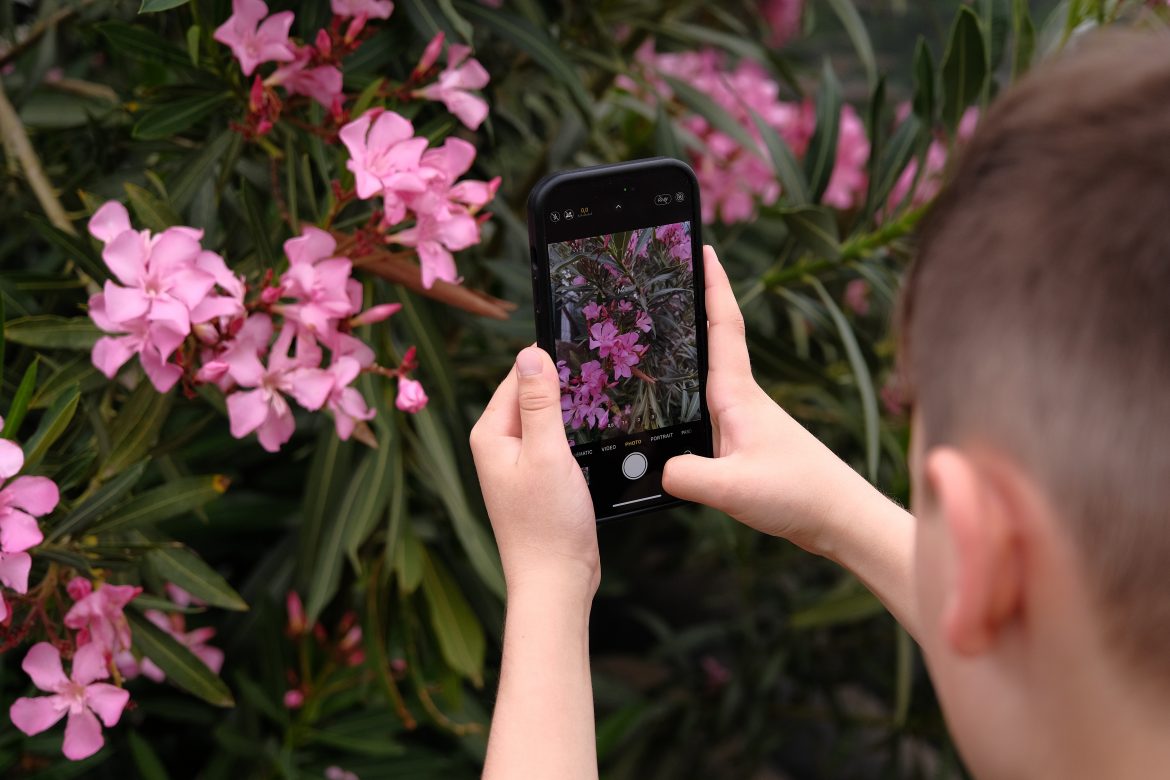Oleanders, with their vibrant blooms and hardy nature, have become a popular choice in gardens and landscapes. However, many pet owners are unaware of the potential dangers these beautiful plants pose to their furry companions.
Let’s delve into the toxicity of oleanders and the risks they pose to pets, shedding light on the importance of awareness and preventive measures.
Understanding Oleanders
Oleanders (Nerium oleander) are ornamental shrubs or small trees known for their striking flowers and evergreen leaves. They come in various colours, including white, pink, red, and purple, making them an attractive addition to gardens.
Despite their aesthetic appeal, oleanders contain toxic compounds, such as oleandrin and nerioside, which can be harmful to both humans and animals.

Image credit: Unsplash
Toxicity in Pets
The toxicity of oleanders is a serious concern for pet owners, as all parts of the plant are poisonous.
When ingested, oleander toxins affect the cardiovascular system, leading to symptoms such as drooling, vomiting, diarrhoea, lethargy, and in severe cases, heart abnormalities. Cats, dogs, and even horses are susceptible to oleander poisoning, making it crucial for pet owners to be aware of the risks associated with these plants.
Preventive Measures
- Identification: Know how to identify oleanders and check if they are present in your garden or surroundings. Recognizing the plant is the first step in preventing accidental pet exposure.
- Secure Gardens and Outdoor Spaces: If you have oleanders in your garden, ensure that your pets can’t access these areas. Use fencing or other barriers to create pet-safe zones and reduce the risk of ingestion.
- Education and Awareness: Educate yourself and your family members about the dangers of oleanders. Inform neighbours and fellow pet owners about the toxicity of these plants, fostering a community-wide awareness.
- Regular Monitoring: Keep a close eye on your pets when they are outdoors, especially if oleanders are nearby. Promptly remove any fallen leaves or flowers from your pet’s vicinity to minimize the risk of accidental ingestion.
- Consult with a Veterinarian: If you suspect your pet has ingested oleander or is displaying symptoms of poisoning, seek immediate veterinary attention. Quick action can be crucial in minimizing the impact of oleander toxicity.
While oleanders may add beauty to outdoor spaces, pet owners must prioritize the safety of their furry friends. Understanding the potential risks, taking preventive measures, and being vigilant can go a long way in ensuring a safe environment for pets. By spreading awareness about oleander toxicity, we can collectively work towards creating pet-friendly communities and protecting our beloved companions from harm.
ALSO SEE:
Image credit: Unsplash
Originally published in Garden&Home Magazine.

